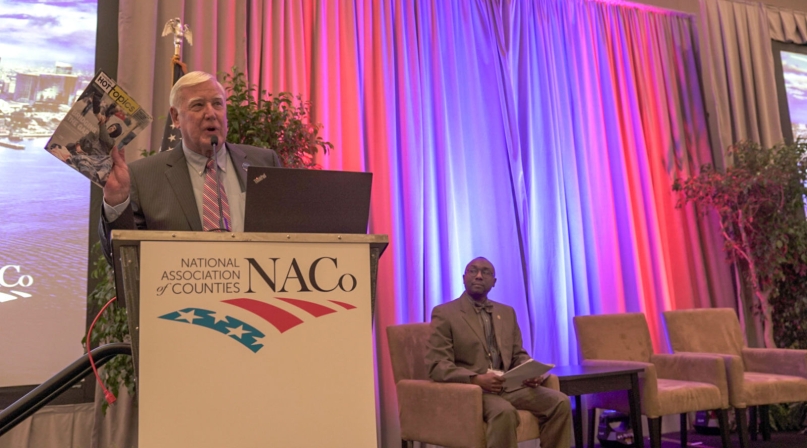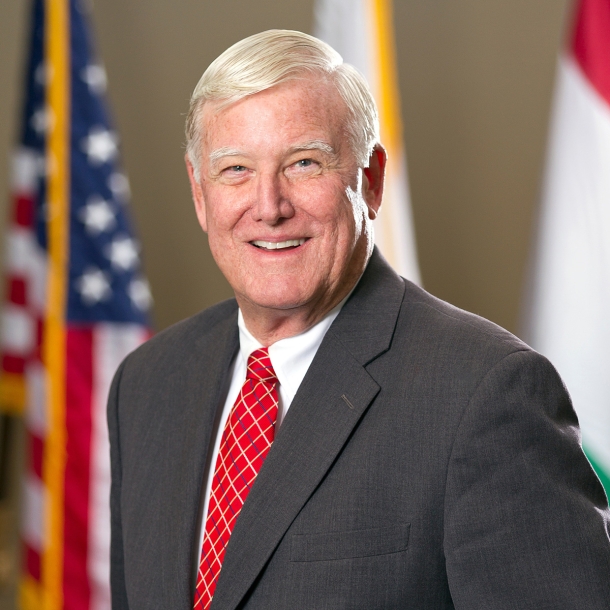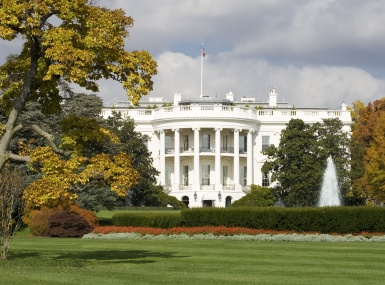How can counties best connect the unconnected?

Key Takeaways
When I first got involved in NACo more than 15 years ago, I never would have thought that I would be serving years later as NACo’s president. As I lead NACo into the future, I have enjoyed partnering with my colleagues in the 3,069 counties, parishes and boroughs across America to determine how best to reach out and serve residents in our communities.
If there’s one thing I’ve seen time and time again during my years of service, it’s the importance of local government. We know that local government works. We pursue solutions and achieve results. We are closest to the people, and they rely on us in both good times and bad.
But how do we connect people in our counties? How do we make sure that residents know about the services we and our many partners provide?
This is an ongoing challenge and the reason for launching NACo’s Connecting the Unconnected initiative.
This initiative explores the many ways counties connect people in our society. Every day, we see that when people are Connecting the Unconnected Cox “Every day, we see that when people are left behind and isolated, it creates unhealthy, negative consequences in our communities.” left behind and isolated, it creates unhealthy, negative consequences in our communities.
We’re building on NACo’s previous effort led by NACo Immediate Past President Roy Charles Brooks, “Serving the Underserved,” by continuing to inform and illustrate how counties help all of our citizens forge pathways to succeed.
NACo is demonstrating how counties deliver people-centered services, maximize government efficiency and ensure responsible stewardship of taxpayer dollars. We are focused on achieving these goals and educating policymakers in three key areas:
1. Technology – NACo is showcasing best-in-class technology that helps counties deliver critical services. This includes 211 and other centralized resource centers; telemedicine; broadband and public transportation technologies.
2. Data – NACo is demonstrating the importance of data-driven decision-making in improving resource allocation. We’re using data to create targeted delivery models for core county services like mental health programs, substance abuse treatment, justice reform, housing, transportation and veterans’ resources.
3. Financing – NACo is illustrating the importance of public-private partnerships to ensure sustainable funding and coordination of services. This includes partnerships with neighboring jurisdictions, community-based organizations and other public and private sector partners to provide long-term resources to support county programs.
“Connecting the Unconnected” is designed for counties of all shapes and sizes. There is no cookie-cutter approach to connecting residents; what works in one county may not work in another. But we share similar challenges and can learn from one another’s experiences to be an immense force for the public good.
The promise of public service that inspired me to seek public office remains as vital as ever. I look forward to continuing to work with you to help people live well and thrive.
Attachments
Related News

County Countdown – Dec. 15, 2025
Every other week, NACo's County Countdown reviews top federal policy advocacy items with an eye towards counties and the intergovernmental partnership.
Stretching small opioid settlement allocations helps funding do more
States and localities are set to receive $56 billion in opioid settlement dollars over an 18-year period, but not every county that receives settlement funding will get enough to build out infrastructure.

